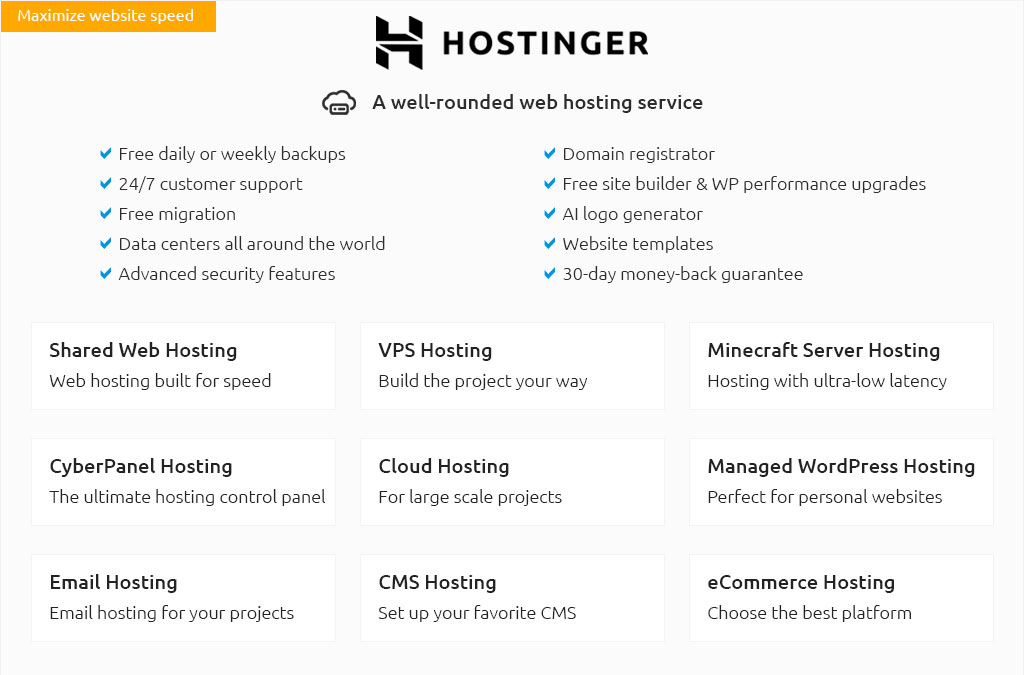 |
|||
 |
 |
 |
|
 |
|
 |
 |
 |
|||
 |
|||
 |
|||
 |
|||
 |
 |
|
k4hotni3fl8 Exploring the Landscape of Linux Cloud Server Pricing: A Comprehensive ComparisonIn today's rapidly evolving digital era, businesses and individuals alike are increasingly turning to the cloud to meet their computing needs. Among the myriad of choices available, Linux cloud servers stand out for their robustness, flexibility, and cost-effectiveness. However, navigating the complex pricing structures can be a daunting task. This article delves into the nuances of Linux cloud server pricing, offering a detailed comparison of some of the most popular options on the market today. First and foremost, it's essential to recognize that Linux cloud server pricing can vary significantly depending on the provider and the specific features offered. Generally, pricing models can be divided into three primary categories: pay-as-you-go, reserved instances, and spot instances. Each of these models has its own set of advantages and potential drawbacks, which makes it crucial to understand your specific needs before committing to a particular option. Pay-As-You-Go: This model offers the ultimate flexibility, allowing users to pay only for the resources they consume. It's particularly advantageous for startups or projects with variable workloads, where predicting resource usage is challenging. However, the downside is that costs can quickly escalate if usage isn't carefully monitored. Reserved Instances: Ideal for those who can predict their long-term needs, reserved instances offer substantial discounts in exchange for committing to a set term, usually one to three years. While this can lead to significant cost savings, it requires a degree of foresight and stability in project requirements. Spot Instances: For those seeking the lowest possible cost, spot instances provide an opportunity to bid on unused cloud capacity. While this can result in remarkably low prices, the trade-off is that these instances can be terminated at any time, making them unsuitable for critical applications. When examining specific providers, Amazon Web Services (AWS), Microsoft Azure, and Google Cloud Platform (GCP) are among the most prominent names. AWS offers a broad range of Linux server options with a vast global network, making it an attractive choice for businesses with international operations. Its pricing is competitive, particularly when utilizing reserved instances. On the other hand, Microsoft Azure is known for its seamless integration with Windows-based systems and enterprises already invested in Microsoft's ecosystem might find it a natural fit. Azure's pricing structure is similar to AWS, though it often touts better discounts for reserved instances. Google Cloud Platform, while perhaps not as ubiquitous as AWS or Azure, boasts a robust offering with its own unique strengths. GCP's strength lies in its data analytics and machine learning capabilities, coupled with a competitive pricing model that includes sustained use discounts, which automatically apply discounts to consistent usage over a month. This can be particularly beneficial for projects with steady workloads. In conclusion, choosing the right Linux cloud server pricing model is a balance of understanding your specific needs, budget constraints, and the strengths of each provider. Whether you opt for the flexibility of pay-as-you-go, the predictability of reserved instances, or the cost-effectiveness of spot instances, the landscape of cloud computing continues to offer diverse and compelling options. As the industry evolves, staying informed about these developments will be key to making the most cost-effective and strategic choices for your cloud infrastructure. https://azure.microsoft.com/en-us/pricing/details/virtual-machines/linux/
Azure Virtual Machines gives you the flexibility of virtualization for a wide range of computing solutions with support for Linux, Windows Server, ... https://cloudlinux.com/pricing/
CloudLinux OS Editions Comparison & Pricing ; 1 server (per server per month), $7, $12 ; 2-4 servers (per server per month), $6, $10 ; 5-49 servers (per server per ... https://www.hostingadvice.com/how-to/best-linux-cloud-hosting/
It's one of the best providers of cloud hosting solutions today. When you sign up, you can choose CloudLinux 7 or 8 as your operating system.
|